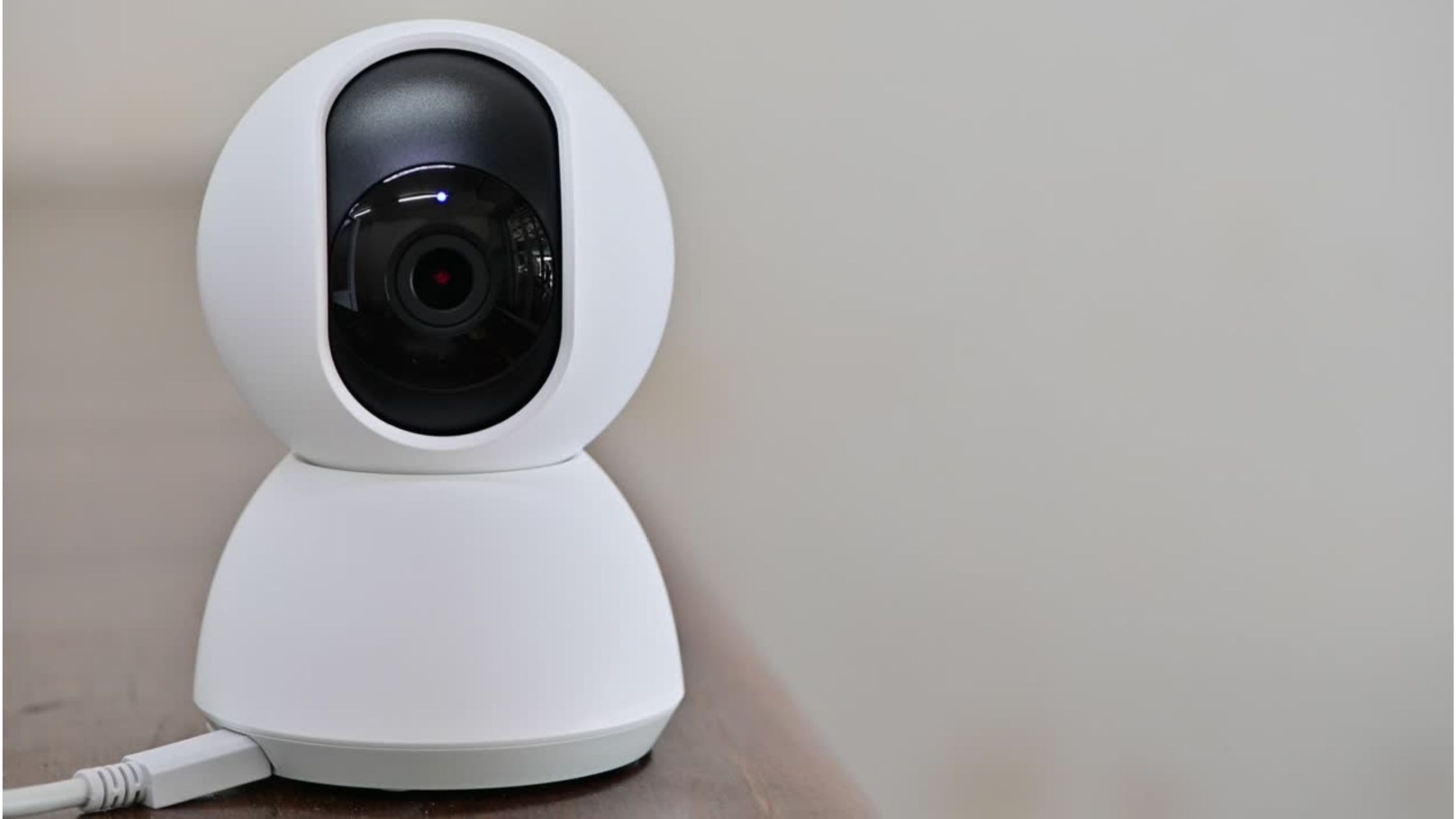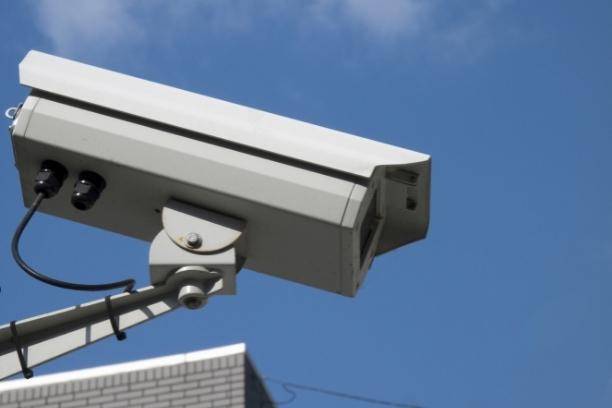Installing a wireless security camera inside your home might seem complicated for people who aren’t tech-savvy. Therefore, you may be tempted to hire an expert to assist you, but this might be costly! Installing a camera in your home, on the other hand, is much easier than it appears!
Over the last few years, wireless security cameras have become more common security equipment for home and business surveillance. Because wireless systems are flexible, moveable, and quick to install without requiring specialists to connect cables across the property, many users turn to them to suit their security demands.
Installation varies in difficulty depending on where we want to put the camera and its power supply (plug-in or battery). Of course, the installation method varies by brand and model, and each camera comes with its own set of instructions. We’ve compiled a list of recommended practices for how to install wireless security camera system at home. Please continue reading to find out what they are!
How To Install Wireless Security Camera System At Home In Easy Steps
Wireless security cameras are easier to install than wired systems since they require less equipment. Most devices do not require hardwiring and may be installed simply by mounting them to the walls without additional equipment and accessories. You can install your surveillance equipment by following these procedures, and rest assured that it will work properly:
Choose A Location For The Camera To Be Installed
Knowing where to put your home security cameras influences whether or not you can get the most out of them. Find out how wide of an angle your camera can cover. Security experts recommend the front door, back door, and off-street window as the finest placements and postures. This is the first and most critical stage in self-installing home security systems. When deciding where you’d like to set the camera, keep the following details in mind:
- Raise your camera to a higher altitude to ensure a clearer and wider vision.
- Cover as many entries as feasible with the fewest cameras to conserve money.
- Place the security camera out of the reach of intruders, criminals, and naughty children
- It’s best not to point your camera straight towards a light source. The videos and photos shot will be somewhat underexposed when pointing the camera towards the light source.
- Place the cameras close to a power source. A power supply is required even for a cordless video camera.
- Place the camera’s appropriate mounting bracket under the eave. This aids with the protection of outdoor security cameras from inclement weather.
Prepare The Necessary Equipment For A Quick Installation
Screws, anchors, cables, a power adapter or receiver, an electric drill, and other instruments are typically required for installation. This will ensure that the installation of your system goes without a hitch. Screws and other installation equipment are normally included in the camera box if you purchase an all-in-one security camera (system).
Installing The Camera
Drill holes in the wall, ceiling, and other locations you’ve chosen for the camera to be mounted. After that, place your camera at the proper location and angle. When situating your security camera, ensure it has the best motion detection possible.
Connect The Cameras To The Power Source
You should connect the camera to the power source and ensure that it is securely mounted on the mount.
Set Up Your Security Camera That You Installed Yourself
The final step in a do-it-yourself house security camera installation is to set up the cameras. Smartphones, desktops, and tablets will all be able to access your video camera. Some self-install home CCTV camera manufacturers include an app and PC software that allows you to view your camera anywhere. Set up live view, motion detection, video recording, zoom in/out, and other surveillance functions on the app/client to meet your demands.
Last but not least, before declaring your installation complete, you should double-check the views of each camera. Make sure each camera is recording or moving. Check to see how far the camera can travel.
Conclusion
Installing a wireless home security system may be both enjoyable and simple. Although installing a security camera in your home is simple, choosing the appropriate security camera can be difficult. There are many home security camera systems available to choose from, but the trick is figuring out which one best suits your needs. Wireless cameras are easy to install since they require less equipment. It may be possible to connect your device before installation, depending on your wireless security cameras. This is accomplished by connecting the device to the router or computer before installation and customizing the surveillance camera using the resulting interface. This method allows you to shorten the time it takes to get your security system up and running.





